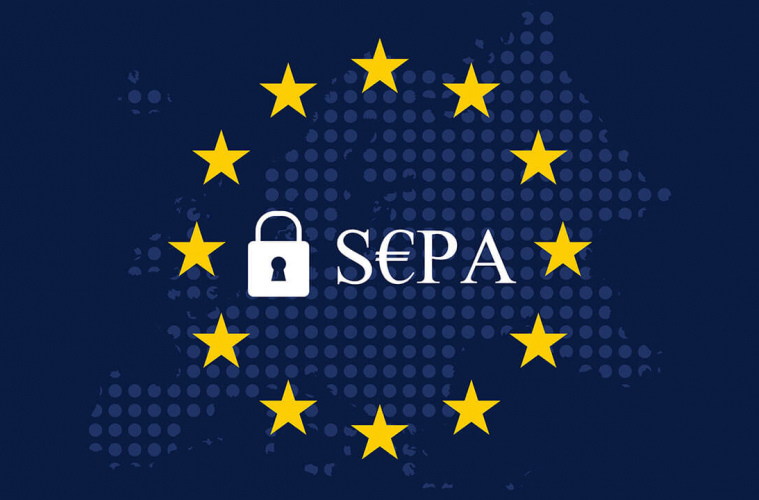The Single Euro Payments Area, also known as SEPA, is a payment scheme set up by the European Union. The aim is to make electronic cross-border payments in Euros as easy as making a payment in your own country. Single Euro Payments Area regulations ensure that all SEPA countries offer the same fixed fee for any cashless payments in Euros, if there’s a charge.
Single Euro Payments Area countries
SEPA covers the whole of the EU, but it’s not just EU member states that can take advantage of SEPA payment services. Single Euro payments area (SEPA) countries include those who have a domestic currency other than the Euro and countries outside of the European Union. For non-Eurozone European countries in SEPA, national payment schemes apply to payments in the domestic currency.
| Make international payments faster and cheaper with World Account from WorldFirst. | |
|---|---|
| Sign up today – and start saving! |
Single Euro Payments Area countries list
According to the European Payments Council, the following countries are in the SEPA list.
Finland (including Aland Islands)
France (including Guadeloupe, Martinique, French Guiana, Saint Barthélemy, Saint Martin (French-side), Mayotte, Réunion Island, and Saint Pierre and Miquelon)
Italy (including Vatican City)
Monaco
Portugal (including Azores and Madeira)
San Marino
Spain (including Canary Islands and Ceuta en Melilla)
United Kingdom
Cross-border payments covered by the Single Euro Payments Area
Single Euro Payments Area regulations cover:
- credit transfers
- direct debits
- withdrawals at cash machines (ATMs)
- debit and credit card payments
- money remittance
This means that financial institutions in Single Euro Payments Area countries have to apply equal charges to both internal payments and cross-border payments in Euros for any of the above types of transfer. For example, credit transfers and direct debits sent from the UK to France in Euros would incur the same fees as credit transfers and direct debits sent within France.
Read our detailed guide to find out more about making SEPA payments.
Benefits of making payments within the Single Euro Payments Area
As a single, consistent payment scheme SEPA enables businesses and consumers to:
- Process cross-border payments from one bank within the Single Euro Payments Area
- Send and receive payments faster than if there wasn’t a unifying SEPA credit transfer system
- Use credit and debit cards across Europe in shops, restaurants and at cash machines
By unifying and simplifying international payments across the Eurozone, SEPA payments make both single Euro payments and multiple payments like SEPA direct debits easier. This is particularly integral for businesses who would otherwise be dealing with a wide range of charges and regulations as they traded across European countries.
As well as unifying costs, the SEPA payment system brings added transparency, making it easier to plan and budget. Single Euro Payments Area regulations dictate that consumers have to be told the cost of a currency conversion before they make a cross-border payment in a different currency to their domestic one.
Whether it’s a business payment or sending money to family, at WorldFirst we offer SEPA same-day transfers so the money arrives the next business day. Otherwise, SEPA bank transfers typically take 1-2 business days to arrive (note the time it takes for SEPA international payments to arrive varies between countries and providers).
Related Content
In need of more information? Visit our SEPA support page for more information. You can also check out our short guide to SEPA banks and SEPA bank transfers.


